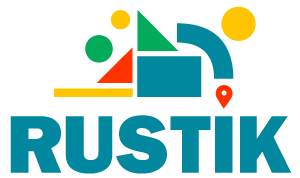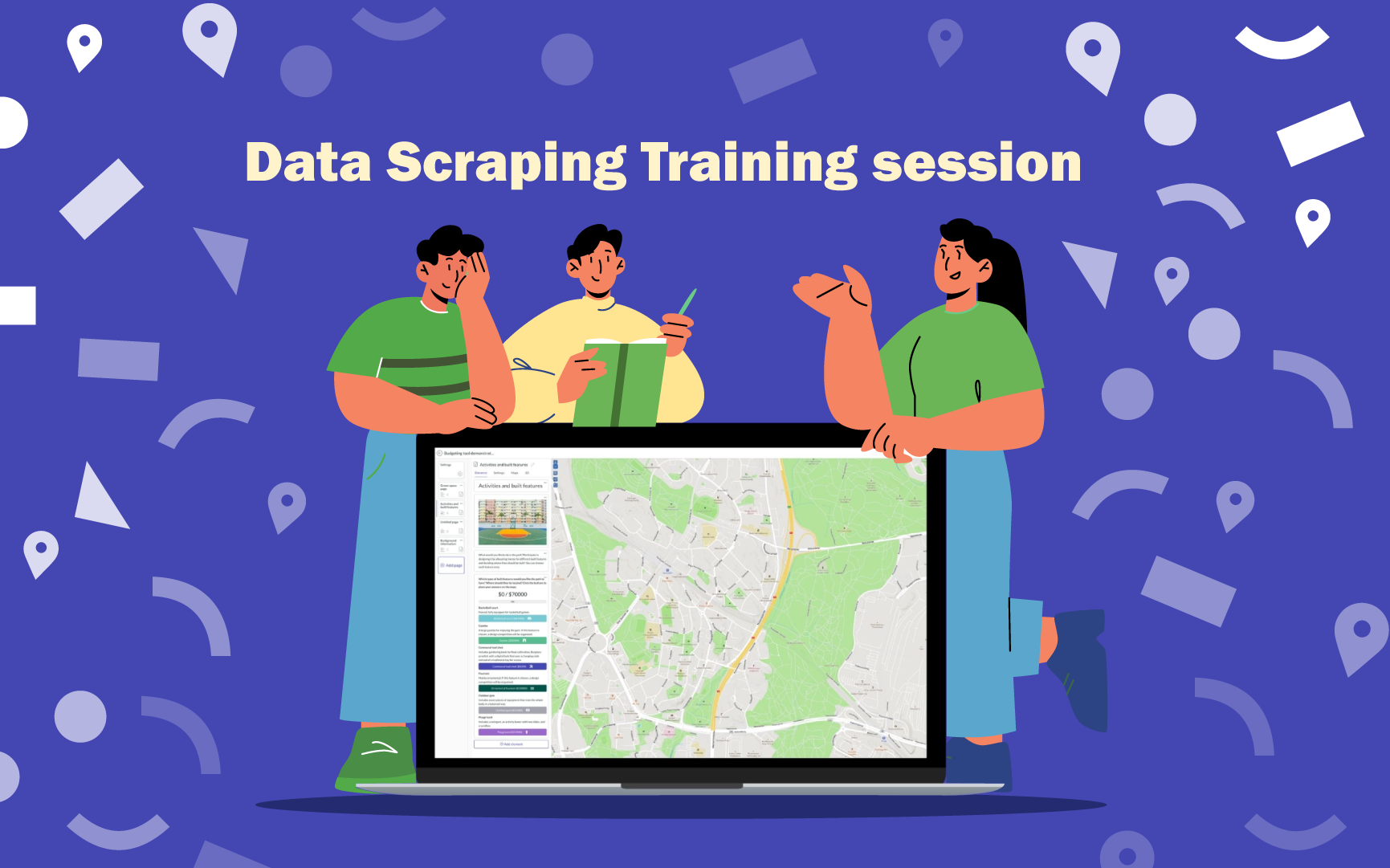The Rustik partners are continuing their learning journey, acquiring new insights to develop their data experiments. Recently, MCRIT and the Universidad Autónoma de Barcelona organized a training session on European geospatial data tools. Participants gained skills in data visualization, downloading capabilities, and basic analysis, focusing on:
- Using web tools to search and download satellite imagery and related data.
- Conducting visual analysis of geospatial data, including comparisons and time-lapse views.
- Identifying and accessing relevant data for specific areas of interest.
- Applying geospatial data tools effectively in their work or projects.
Copernicus Tools: Copernicus, the EU’s Earth observation program, provides free and accessible information services from satellite and in-situ data sources. Tools include:
- Sentinel-1: Radar imagery for land and ocean services.
- Sentinel-2: High-resolution optical imagery for monitoring vegetation, soil, and water.
- Sentinel-3: Data for marine and land services, such as ocean and land surface temperature.
- Sentinel-6: Altimetry data for measuring global sea-surface height.
Copernicus Data Space Ecosystem CDSE This platform offers real-time data access, customizable imagery rendering, and extensive cloud options for processing Copernicus data.
Copernicus Land Monitoring Service (CLMS): Provides essential land cover information for applications in spatial planning, agriculture, and climate change mitigation.
EEA and JRC Tools: The European Environment Agency (EEA) and Joint Research Centre (JRC) offer tools like the JRC Data Catalogue, European Drought Observatory, Urban Data Platform, and European Soil Data Centre (ESDAC). These tools support various applications in spatial planning, forest management, water management, agriculture, and more.
Explore these tools and data resources for informed decision-making and impactful projects.


